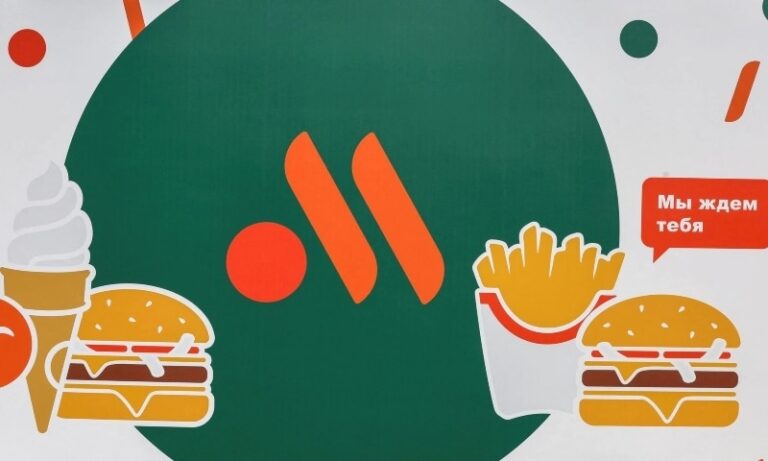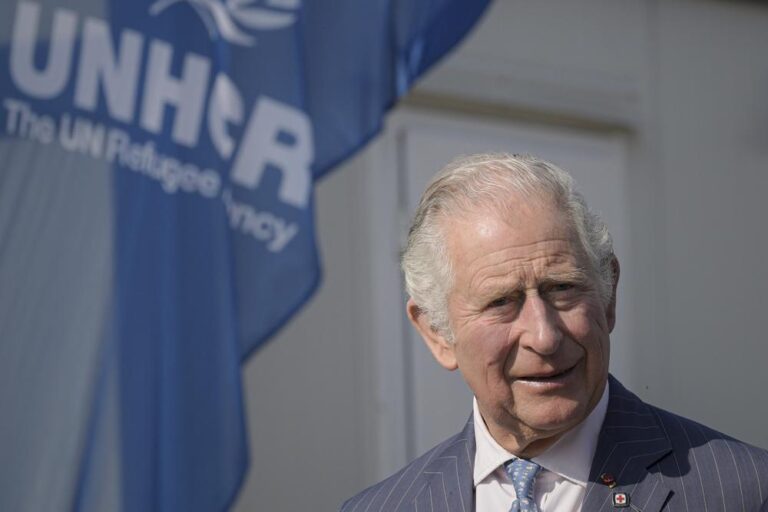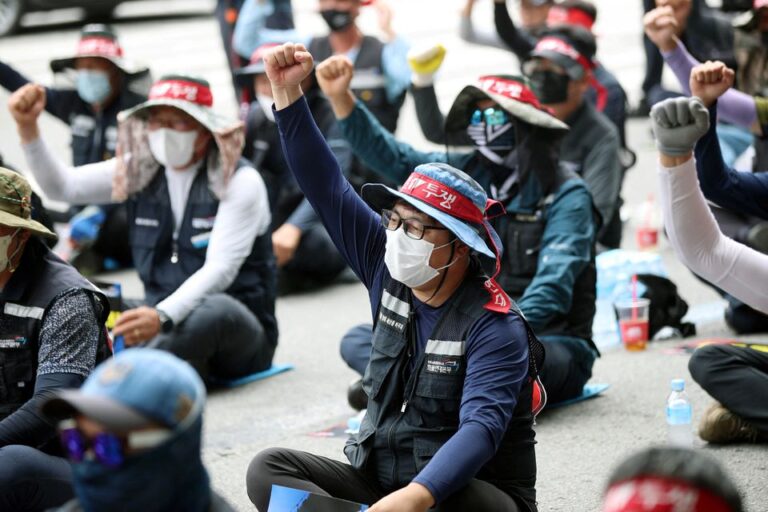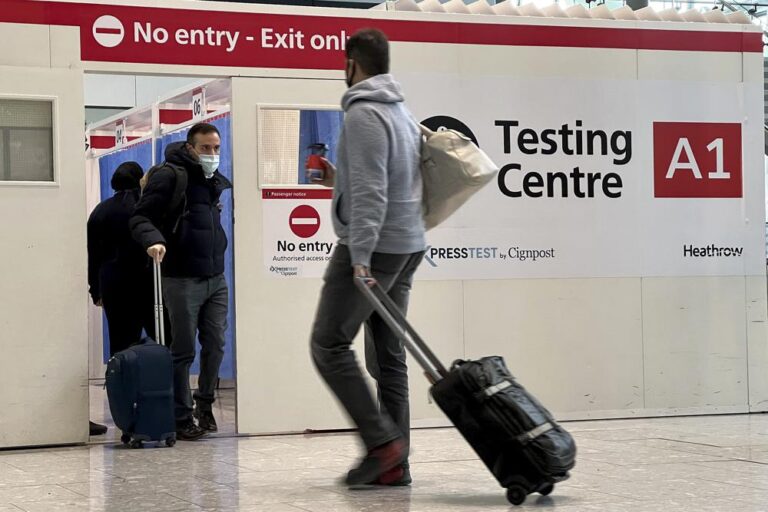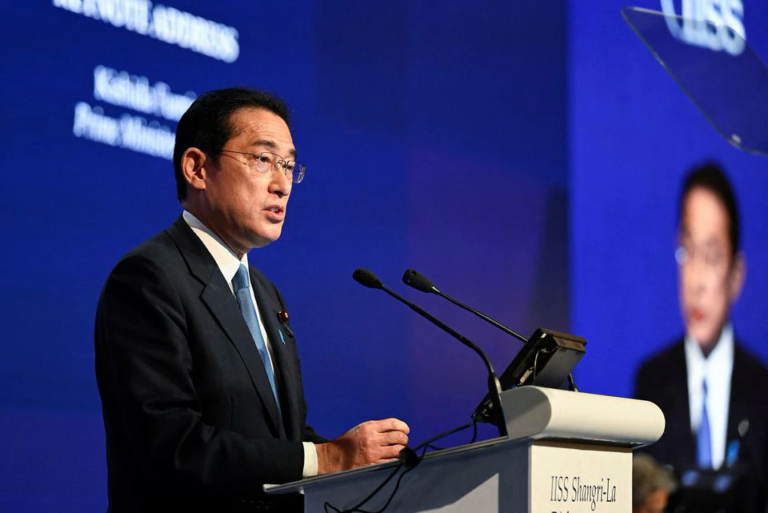China’s capital Beijing is experiencing an “explosive” COVID-19 outbreak connected to a bar, a government spokesman said on Saturday, as the commercial hub, Shanghai,conducted mass testing to contain a jump in cases tied to a hair salon.
The warning followed a new tightening of COVID curbs in Beijing since Thursday, with at least two districts closing some entertainment venues after a flare-up in a neighbourhood full of nightlife, shopping and embassies.
While China’s infection rate is low by global standards, it maintains a zero-COVID policy, citing the need to protect the elderly and the medical system, even as other countries try to live with the virus.
According to Reuters, so far, the country of 1.4 billion has seen just 5,226 deaths from COVID-19.
Beijing authorities said on Saturday that all 61 new cases uncovered in the city on Friday had either visited the Heaven Supermarket Bar or had links to it.
“The recent outbreak … is strongly explosive in nature and widespread in scope,” Xu Hejian, spokesperson of the Beijing municipal government, told a news briefing.
The capital had registered 46 new local cases on Saturday as of 3 p.m. (0700 GMT), all people already in isolation or under observation, health official Liu Xiaofeng said.
The city did not announce new curbs at the briefing, but later the Beijing sports administration said all off-campus and “offline” sports activities for teens would be cancelled from Sunday.
SHANGHAI, June 11 (Reuters) – China’s capital Beijing is experiencing an “explosive” COVID-19 outbreak connected to a bar, a government spokesman said on Saturday, as the commercial hub, Shanghai,conducted mass testing to contain a jump in cases tied to a hair salon.
The warning followed a new tightening of COVID curbs in Beijing since Thursday, with at least two districts closing some entertainment venues after a flare-up in a neighbourhood full of nightlife, shopping and embassies.
Advertisement · Scroll to continue
While China’s infection rate is low by global standards, it maintains a zero-COVID policy, citing the need to protect the elderly and the medical system, even as other countries try to live with the virus.
So far, the country of 1.4 billion has seen just 5,226 deaths from COVID-19.
Beijing authorities said on Saturday that all 61 new cases uncovered in the city on Friday had either visited the Heaven Supermarket Bar or had links to it.
Advertisement · Scroll to continue
“The recent outbreak … is strongly explosive in nature and widespread in scope,” Xu Hejian, spokesperson of the Beijing municipal government, told a news briefing.
The capital had registered 46 new local cases on Saturday as of 3 p.m. (0700 GMT), all people already in isolation or under observation, health official Liu Xiaofeng said.
The city did not announce new curbs at the briefing, but later the Beijing sports administration said all off-campus and “offline” sports activities for teens would be cancelled from Sunday.
Advertisement · Scroll to continue
So far, 115 cases and 6,158 close contacts linked to the bar have been reported, throwing the city of 22 million back into a state of anxiety.
Beijing only relaxed curbs less than two weeks ago that had been imposed to fight a major outbreak that began in April.
The sprawling Universal Beijing Resort – a theme park on the city’s outskirts – on Friday rescinded a plan to reopen. City authorities said three of its workers had visited the Heaven Supermarket bar.
Many neighbourhoods in the capital have been put under lockdown, with residents told to stay home.
The city also recorded nine new local asymptomatic cases, up from six the previous day.
In total, mainland China reported 210 new coronavirus cases for June 10, of which 79 were symptomatic and 131 were asymptomatic, the National Health Commission said.
That was up from 151 new cases a day earlier, 45 of them symptomatic and 106 asymptomatic.
As of Friday, mainland China had confirmed 224,659 cases with symptoms.


